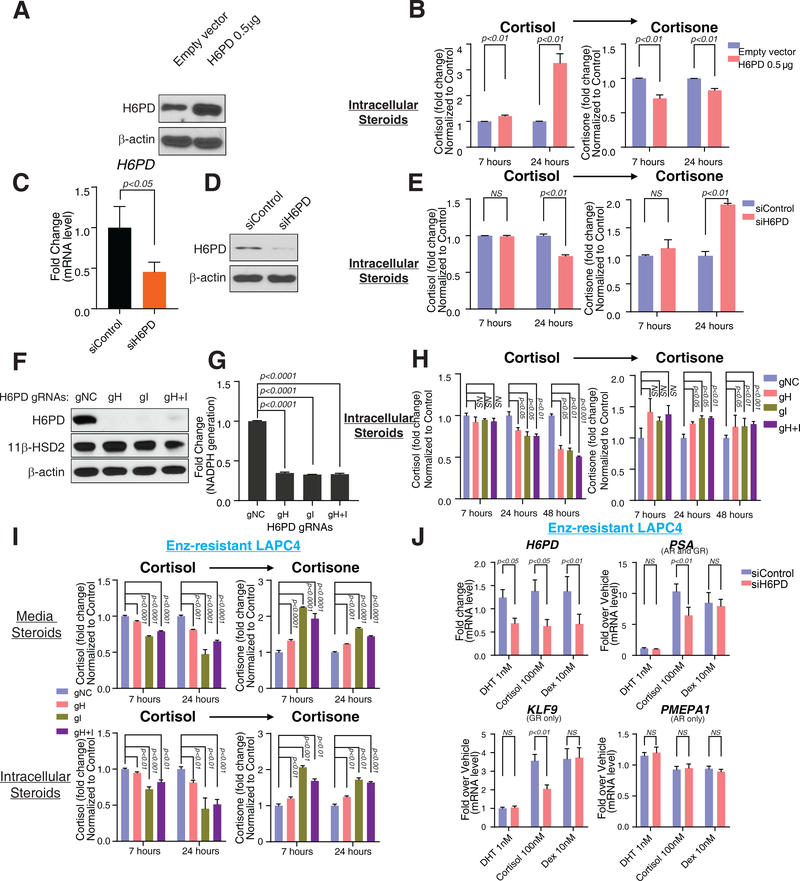Figure 2. Requirement of H6PD for NADPH generation, glucocorticoid metabolism and glucocorticoid receptor (GR) signaling.
(A, B) H6PD overexpression and conversion from cortisol to cortisone in LAPC4 cells. Cells were transfected with 0.5 μg H6PD expression plasmid, and subsequently treated with [3H]-cortisol (100 nM) for the indicated times, followed by steroid extraction from cells, steroid separation and quantitation with HPLC. (C, D and E) Cortisol inactivation and siRNA knockdown of H6PD in LAPC4. Cells were transfected with H6PD targeted siRNA smart-pool for 48 hours, followed by treatment with [3H]-cortisol (100 nM) for the indicated times; then steroid was extracted from cells and separated and quantitated with HPLC. (F, G and H) H6PD CRISPR/Cas9 KO and cortisol-to-cortisone conversion in LAPC4. Cells were infected with a lentivirus containing H6PD guide RNAs (gRNAs), followed by selection with puromycin. (I) Effects of H6PD loss on enz-impeded conversion from cortisol to cortisone. (J) Cortisol-induced GR signaling and reversibility with siRNA-mediated H6PD knockdown. Dexamethasone (dex), is used as a control that is impervious to 11β-HSD metabolism. LAPC4 cells were treated with Enz for 36 days, starved with phenol-red-free medium containing 5% charcoal:dextran-stripped FBS for 48 hours and transfected with a H6PD targeted siRNA smart-pool and treated with the indicated conditions for 24 hours to test H6PD requirement. Induction of PSA expression, is GR- and metabolism-dependent. Expression of KLF9, is regulated only by GR. Expression of PMEPA1, is regulated only by AR, is induced with dihydrotestosterone (DHT) only. Expression is normalized to vehicle-treated cells (not shown) and RPLP0 expression. For all panels unless otherwise noted, error bars represent the SEM; p values were calculated using unpaired 2-tailed t-tests.

